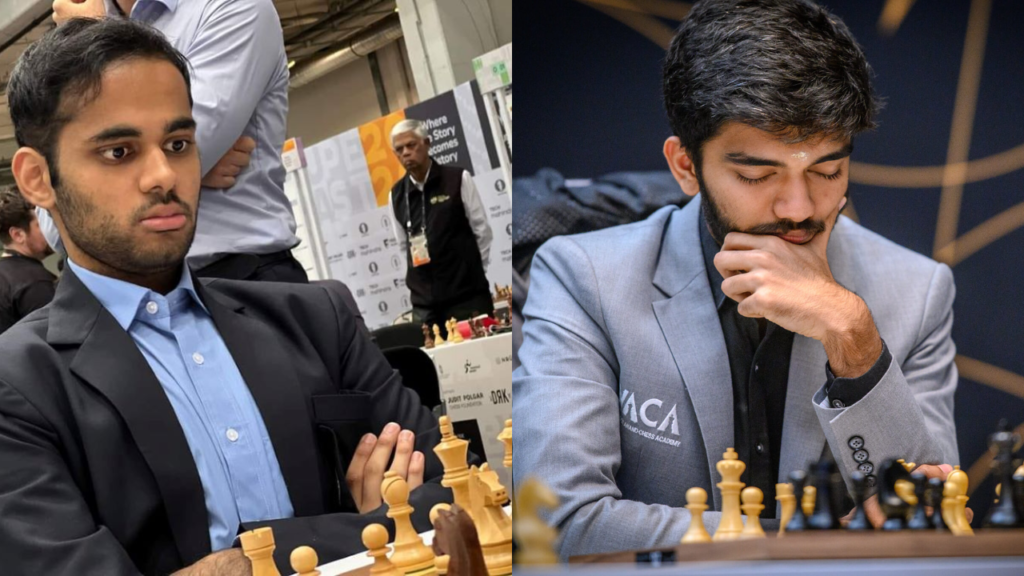
This was at the Tata Steel Chess India 2024 rapid and blitz event in Kolkata last week. The spectator turnout was a talking point. The auditorium accommodating around 550 was full and there were people seated on the staircase. These were mostly schoolchildren, who also learn chess, and their parents. The real consumers of the game, in other words.
It was an autograph day as well. Magnus Carlsen skipped the session, but there were others. In the rush to get signatures, someone said that Viswanathan Anand was there too. The five-time world champion was not a participant in the competition. He was there as a special delegate. “What with Anand’s autograph?” quipped someone. “Let’s get the others.”
Mentioning this incident is not an attempt to undermine the importance of the individual singularly responsible for the chess revolution in India. It was an acknowledgement of the fact that the baton has passed. Those not desperate for Anand’s autograph were after the likes of Arjun Erigaisi, R Praggnanandhaa, Vidit Gujrathi, Nihal Sarin, Divya Deshmukh and Vantika Agarwal.

The biggest name of the new generation was not there. He was training somewhere in secrecy for the World Championship final beginning in Singapore on November 25. Even in his absence, the crowd in Kolkata was essentially celebrating D Gukesh. The first world championship finalist after Anand has been part of a team that has changed Indian chess for the better.
A few months ago, the All India Chess Federation unveiled an ambitious plan which will cost Rs 65 crore over the next three years. This shows that there are investment opportunities in the Indian chess sector. It has taken a bit of time, considering that Anand won his last world title in 2012, but Indian chess has eventually become big after the advent of the next generation.
That is why Gukesh against Ding Liren of China is a win-win situation for Indian chess. If the 18-year-old from Chennai wins, it will herald the mega-beginning of a huge era. Even if he doesn’t win, it will not significantly dent the Indian chess endeavour. It’s not about producing one outstanding individual. For a system to show that it strong, there have to be many, and that’s what India has done.
Gukesh in this final is a massive moment when taken in isolation as well. From nowhere in the world scene after Anand, the country has suddenly found a clutch of top-level disruptors for the first time. Gukesh, Praggnanandhaa and Erigaisi are there among the elite. The likes of Sarin and Raunak Sadhwani are showing great promise. In the women’s section too, there is fresh blood.
These are the best of times for Indian chess. Of course, otherwise, the country wouldn’t be boasting of two gold medals from the Chess Olympiad. Another from the country becoming the youngest-ever challenger for the world title is an icing-on-the-cake moment. Irrespective of what happens in the final in Singapore, Indian chess is headed for better days.